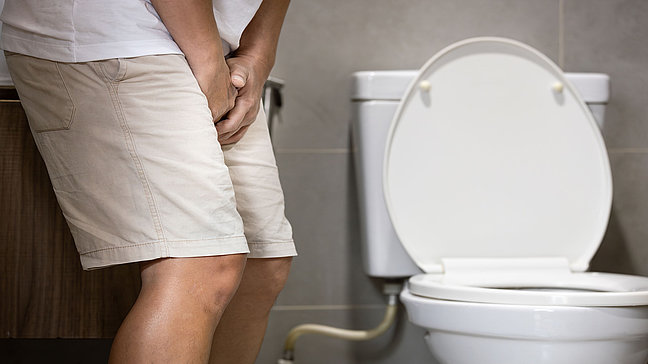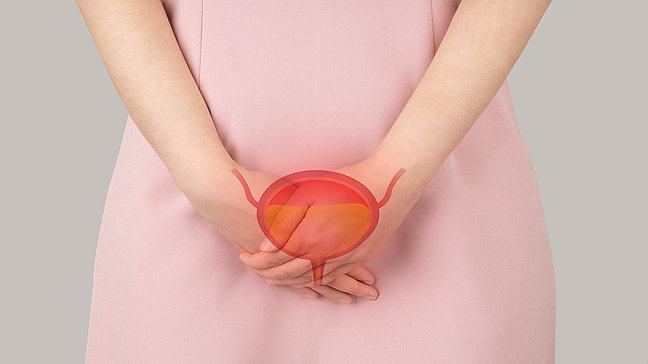
Bladder diverticulum
Causes of bladder diverticula
Bladder diverticula can be congenital or develop over the course of life due to bladder problems. Common causes are:
- Congenital weakness of the bladder wall: In some cases, the bladder wall is weak from birth, leading to the formation of diverticula.
- Acquired causes: Bladder diverticula can form as a result of increased pressure in the bladder, often caused by an obstruction of the urinary tract, such as an enlarged prostate or urethral strictures. This increased pressure weakens the bladder wall, leading to protrusion.
- Chronic bladder emptying disorders: If the bladder is not completely emptied due to urinary retention or bladder emptying problems, this can lead to the formation of diverticula.
Symptoms of bladder diverticula
- Difficulty fully emptying the bladder
- Recurring urinary tract infections
- Pain or pressure in the lower abdomen
- Blood in the urine (hematuria)
- In severe cases, urinary retention or kidney damage may occur
Diagnosis of bladder diverticula
The diagnosis is usually made through imaging techniques such as ultrasound, cystoscopy, or a voiding cystourethrogram (VCUG), where the bladder is examined with contrast medium during urination. These tests help determine the size and location of the diverticulum and identify possible underlying issues such as a urinary tract obstruction.
Treatment options for bladder diverticula
- Observation: In cases where the diverticulum does not cause any discomfort, a wait-and-see approach can be taken, with regular medical check-ups required to ensure that no complications develop.
- Surgical removal: For larger diverticula or those causing symptoms such as urinary tract infections or urinary retention, surgery may be necessary. Diverticulum removal is usually performed via cystoscopy or open surgery.
- Treatment of underlying causes: If the diverticulum is caused by an obstruction of the urinary tract, such as an enlarged prostate, the cause must be treated to avoid further pressure on the bladder.
Preventive measures for bladder diverticula
The best prevention is to treat underlying bladder problems early, such as urinary tract infections or an enlarged prostate, to minimize pressure on the bladder wall. Regular medical examinations can help identify and treat bladder emptying disorders in a timely manner.



